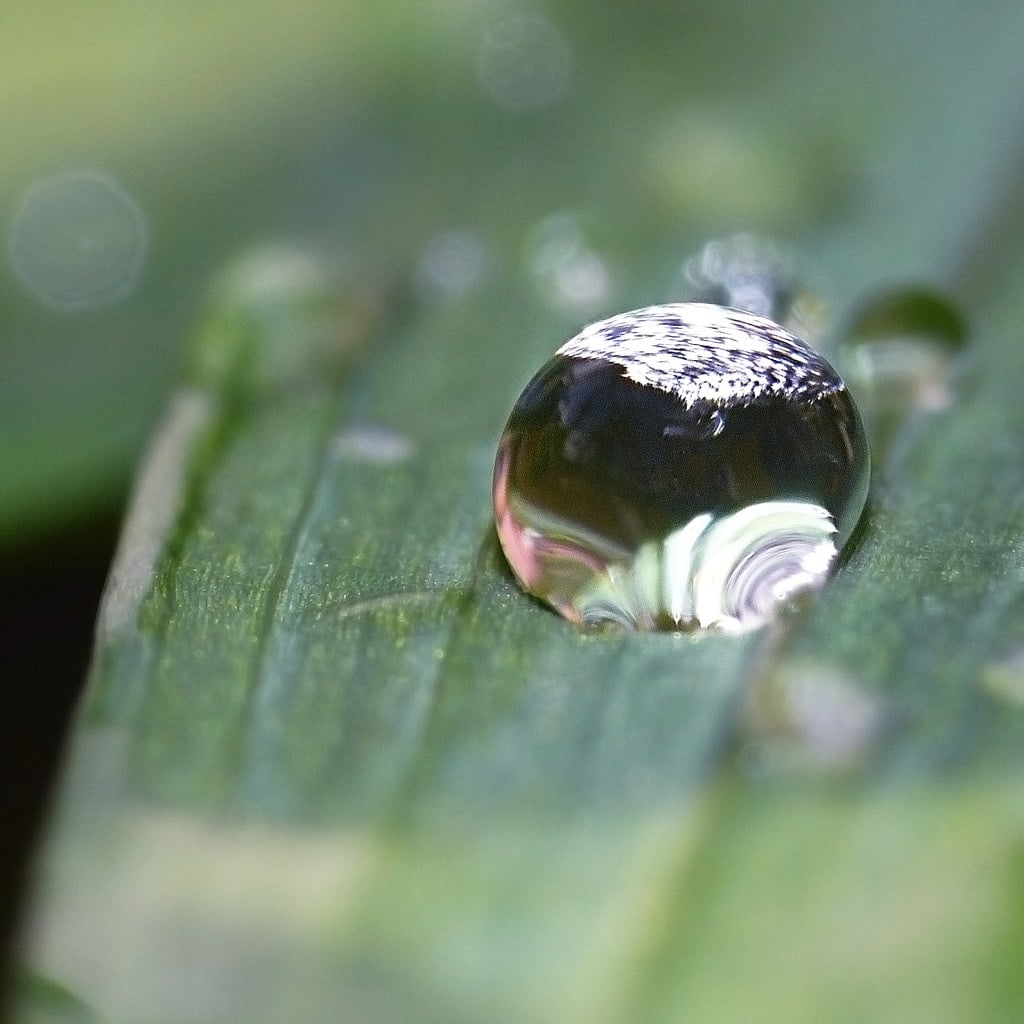Which one of us isn’t fascinated by macro photography?These photos full of colors and details, representing everyday objects that we have rarely observed so closely. Isn’t it the contemplation of a fly’s giant head, the texture of a rose petals, or the details of a butterfly’s wings admiring?I recognize that this is one of my weaknesses. I can spend hours and hours observing macro photographs of elements of nature, it is a delight that for me is priceless.
If you have an SLR camera and you’re also attracted to the idea of making macro photos, today’s article is for you, I’ll explain some basics you need to know about macro photography and bring you closer to the type of lens you have. You’ll have to buy it if you want to develop into this branch of photography.
- “Macro” means great.
- Therefore.
- Macrophotography is a branch of photography in which the photographed subject is “fat” in the photo.
- As large as in real life or larger.
- For example.
- If the size of an ant in the photo is equal to or greater than its actual size.
- Size.
- It’s a macro photo.
For me, the first use is to contemplate the beauty of the “little” things around us. And I say small quotes because their small size is something very relative, they are only small in our eyes, and this is where the usefulness of macrophotography comes in, which is able to teach us the beauty of the subject (whether object, animal or vegetable) in question. Other more objective uses are those of biological research, an area that owes much to macrophotography, as it has documented numerous studies related to many animal and plant species. In addition, thanks to macrophotography, it is possible to contemplate and appreciate certain jewelry or valuables whose very small size usually prevent them from being appreciated in all its details.
Although many compact digital cameras offer a “Macro” mode (usually with a flower symbol), this is not actually a true “Macro” mode, but simply a close-up in which the subject appears large but falls short of the level. . of “magnification” necessary to be able to speak of a macro photograph. In my days as a compact camera, I used to love taking pictures in this mode I call you, flower symbol mode, but real macro photography starts with an SLR camera. To answer what many have asked me: the Macro function is not a feature of the camera itself, but of the lens used. Many people want to buy their first SLR camera and ask me which one is better for macro photography. All. The camera really only takes the photo, the one that focuses is the lens, so you don’t have to worry about the macro problem when buying the camera. This is a detail to take more into account when looking at the objectives. Once we have the camera we have two options: get a conversion lens or get a specific lens for macro photography, which is the one I recommend the most.
This is the option of those who cannot afford a real Macro lens, is to use the camera with any lens that we have at hand, even the original kit, and attach to that target a small converter that, as the name suggests, converts the normal lens into Macro. This is a very economical option, as conversion lenses are usually very affordable. But look, I must also warn you that the optical quality offered by these converter lenses is light years away from the quality they offer. a real macro lens can offer you.
If you tried to focus with your normal lens at a very close distance, you will have noticed that it has a minimum focus distance, below which you no longer focus. Well, macro lenses are goals that have the ability to focus at very, very close distances. They are lenses that can continue to focus even when they are almost attached to the object or subject we are photographing. It is easy to find such lenses as the word “Macro” usually appears in its box, name or description, and usually have a focal length normally between 50 and 200 mm (although there is even 500 mm).
Here are some examples that capture the aesthetic power of macro photography.
These are, if you look at it, details that we can find in our day to day, items that surround us every day and that hide unexpectedly in a pot, in a case or in a bag.
Then, in general, my recommendation would be to look for a lens with a focal length between 50 and 90 mm, that has the word “Macro” in the description as is obvious, and preferably that it has as large a diaphragm aperture as possible (f/low), something like that around f/2. 8 can be a great choice.
Here is my macro lens recommendation for the 4 most popular SLR camera brands:
That’s where today’s article ends. Now, don’t passively look at the macro beauty others portray. You know the secret, now try to produce it yourself. When you take your first macro photos and look at the final result, believe me, you won’t. Do you have my word?
As always, if you liked reading this article or think it brought you something useful, let me vote or recommend it below on Facebook, Google or Twitter.
Good photography!

